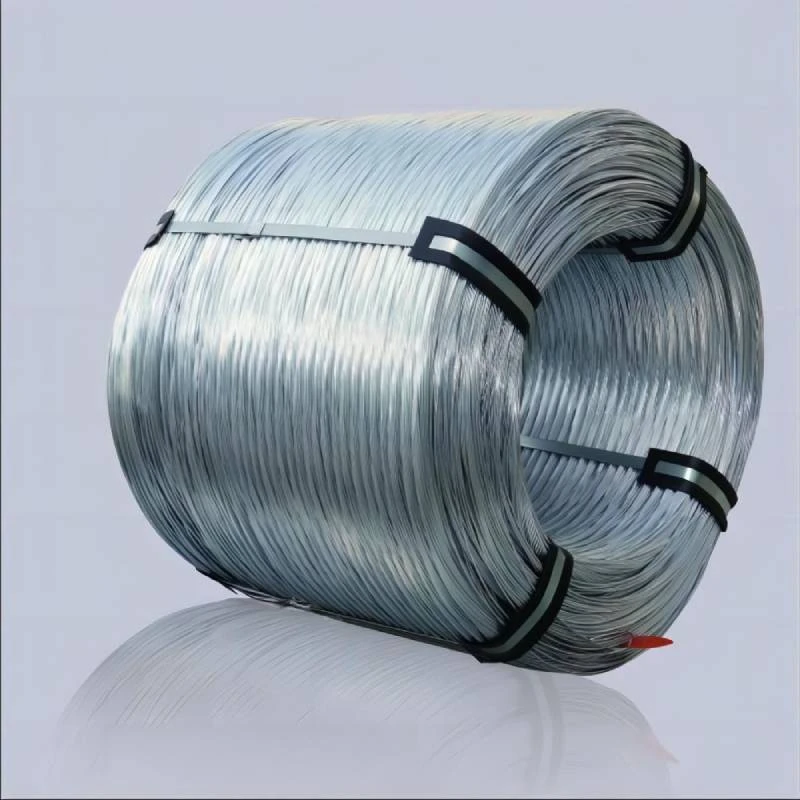gi chicken wire mesh
The Versatility of GI Chicken Wire Mesh A Comprehensive Overview
Chicken wire mesh, also known as poultry netting, is an essential component in many agricultural and gardening projects. Among the various types available, galvanized iron (GI) chicken wire mesh stands out due to its durability, longevity, and versatility. This article delves into the characteristics, uses, advantages, and maintenance of GI chicken wire mesh, highlighting its significance in both domestic and commercial applications.
Understanding GI Chicken Wire Mesh
GI chicken wire mesh is manufactured from thin wires of galvanized iron, which prevents rust and corrosion. The galvanization process involves coating the iron with a layer of zinc, providing a protective barrier that enhances the wire's lifespan. Typically available in different gauge sizes and mesh openings, GI chicken wire mesh can cater to a wide array of needs, from securing poultry to fencing gardens or constructing trellises.
Main Uses of GI Chicken Wire Mesh
1. Poultry Enclosures The primary application of GI chicken wire mesh is in the creation of enclosures for chickens and other poultry. The mesh effectively keeps birds safe from predators while allowing adequate ventilation. Its flexibility makes it easy to shape into various structures, such as coops and run areas.
2. Garden Protection Gardeners often use chicken wire mesh to protect their plants from herbivorous pests. Whether it's a vegetable garden or flower beds, a fence made from GI chicken wire can deter rabbits, deer, and other animals from feasting on plants. Moreover, its lightweight nature simplifies installation, providing gardeners with an immediate protective solution.
3. Composting Bins For those interested in sustainable gardening practices, GI chicken wire can be fashioned into compost bins. The mesh allows airflow while keeping larger debris contained, making it a practical option for optimizing composting processes.
4. Trellises and Support Structures Climbing plants, such as beans and cucumbers, benefit from the support of trellises made from GI chicken wire. The mesh provides a sturdy structure that allows plants to grow upwards, promoting better air circulation and sunlight exposure.
5. Animal Husbandry Beyond poultry, GI chicken wire is commonly used in the fencing of larger animals. It can help create enclosures for rabbits, goats, and other small livestock. Its durability ensures that it withstands the wear and tear associated with housing animals.
gi chicken wire mesh

Advantages of GI Chicken Wire Mesh
1. Durability The galvanization process significantly extends the life of chicken wire. Unlike non-galvanized alternatives, GI mesh resists rust, ensuring it remains intact and functional even in wet or humid conditions.
2. Affordability Compared to other fencing materials, GI chicken wire is relatively inexpensive, making it an attractive option for individuals and farmers on a budget.
3. Easy Installation The lightweight and pliable nature of GI chicken wire mesh allows for straightforward installation. Whether you are building a fence or creating a greenhouse, the mesh can easily be cut and shaped to fit various structures.
4. Visibility Due to its open structure, GI chicken wire provides visibility while offering protection. It enables easy monitoring of the enclosed areas or plants without obstructing the view.
5. Low Maintenance After installation, GI chicken wire requires minimal maintenance. A periodic inspection for damage and a simple wash to remove dirt is generally sufficient to maintain its effectiveness.
Maintenance Tips for GI Chicken Wire Mesh
To ensure the longevity of GI chicken wire, regular inspections are crucial. Look for any signs of wear, especially at the connections or ground level where corrosion may occur. Cleaning the mesh occasionally helps maintain its appearance and prevents the buildup of dirt that could compromise its integrity. If any sections are damaged, they can typically be repaired by reattaching or reinforcing the mesh.
Conclusion
In summary, GI chicken wire mesh is an invaluable resource for anyone involved in gardening, poultry keeping, or small-scale farming. Its combination of durability, versatility, and cost-effectiveness makes it a staple in various applications. Whether you want to protect your chicken flock, secure your garden, or support climbing plants, GI chicken wire mesh is undoubtedly a practical solution. By understanding its properties and uses, one can maximize the benefits of this indispensable material, ensuring successful projects for years to come.
-
Space-Saving Chain Fence Hacks Vertical Gardening with Cyclone MeshNewsJul.16,2025
-
Innovations in Iron Nail Wire Production for Modern ConstructionNewsJul.16,2025
-
Creative Uses of Wire Netting Fence in Modern Landscape DesignNewsJul.16,2025
-
Barbed Wire Fence Innovations in Anti-Climb TechnologyNewsJul.16,2025
-
Architectural Uses of Umbrella Nails for Aesthetic Roof DesignsNewsJul.16,2025
-
Architectural Uses of Razor Barbed Wire in Secure Urban DesignNewsJul.16,2025




